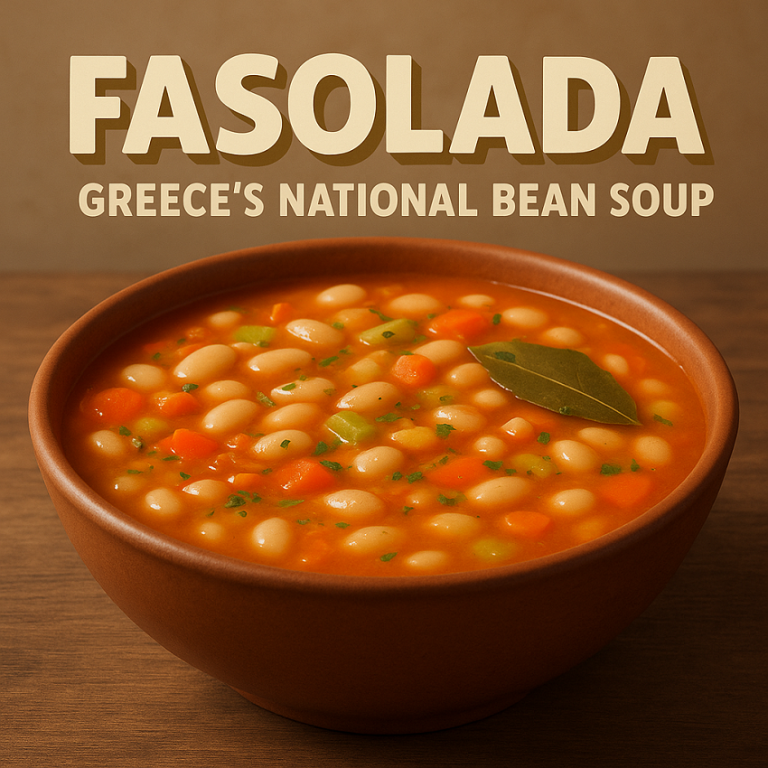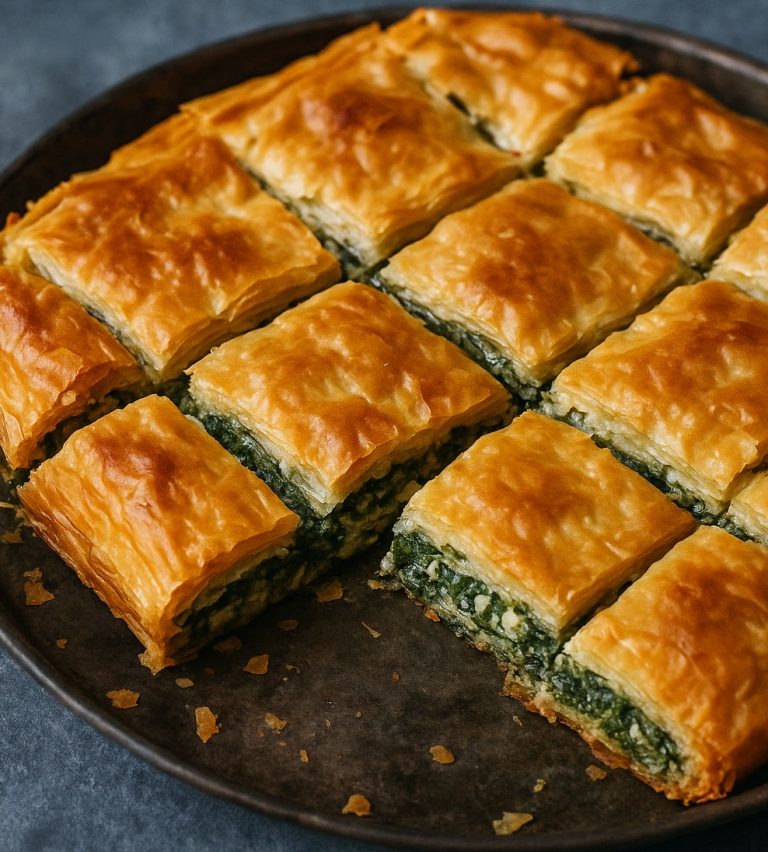
Greek rice balls, often referred to as “kolokithokeftedes” or “rice keftedes,” are a beloved dish in Greek cuisine that beautifully marries the simplicity of rice with an array of flavors and textures. These tasty snacks or appetizers are not only delicious but also steeped in cultural significance, making them a staple in many Greek households.
The Culinary Heritage of Rice Balls
Rice has been a fundamental ingredient in Greek cooking for centuries. Its versatility allows it to adapt to various dishes, from savory to sweet. Greek rice balls showcase the country’s rich culinary traditions, incorporating local ingredients and flavors that highlight the essence of Mediterranean cuisine.
Historical Context
The origin of rice balls can be traced back to ancient Greece, where rice was used in various forms, including as a staple food. Over time, as culinary practices evolved, rice balls emerged as a popular way to utilize leftover rice and other ingredients. This practicality is a hallmark of Greek cooking, where minimizing waste is celebrated.
Ingredients and Variations
The primary ingredient in Greek rice balls is, of course, rice. Typically, short-grain rice is used for its ability to hold together when cooked. In addition to rice, the ingredients often include:
- Herbs and Spices: Fresh parsley, dill, and mint add a burst of freshness, while spices like salt and pepper enhance the overall flavor profile.
- Cheese: Feta or other varieties of cheese provide a creamy texture and savory taste, making the rice balls rich and satisfying.
- Vegetables: Grated zucchini, carrots, or even spinach can be mixed in for added nutrition and sweetness, allowing for endless variations depending on seasonal produce.
- Binding Agents: An egg is usually included to help bind the mixture together, ensuring the rice balls maintain their shape during cooking.
Creative Variations
While the classic Greek rice balls are delicious on their own, they can be adapted to suit different tastes and dietary preferences:
- Vegetarian Options: For a meat-free version, you can add more vegetables or use chickpeas for added protein.
- Spicy Rice Balls: Incorporate red pepper flakes or chopped chili peppers for a kick of heat.
- Herbed Variants: Experiment with different herbs, such as basil or oregano, to create unique flavor profiles.
Cooking Methods
Greek rice balls can be prepared in various ways, each offering a distinct taste and texture:
- Frying: This is the most traditional method, giving the rice balls a crispy and golden exterior while keeping the inside tender and flavorful. The frying process enhances the overall taste and adds a satisfying crunch.
- Baking: A healthier alternative, baking rice balls results in a slightly different texture but allows for a lower fat content. Simply brush them with olive oil before placing them in the oven for a golden finish.
- Grilling: For a smoky flavor, rice balls can also be grilled. This method adds a delightful char and is perfect for outdoor gatherings, enhancing the overall experience of dining al fresco.
Serving Suggestions
Greek rice balls are incredibly versatile and can be served in multiple ways:
- As Appetizers: Often served with a side of tzatziki sauce for dipping, they make a perfect starter for any meal. This cooling yogurt-based sauce complements the crispy rice balls beautifully.
- In Salads: Chopped rice balls can be added to salads, providing texture and flavor. They pair well with mixed greens, cherry tomatoes, cucumbers, and olives.
- As a Main Dish: Paired with a side of Greek salad and some pita bread, they can serve as a light main course, making for a satisfying meal that showcases the flavors of Greece.
- At Festive Occasions: Rice balls are a popular choice for celebrations and gatherings, highlighting the communal aspect of dining in Greek culture. They are often shared among family and friends, fostering connections and conversations.
Cultural Significance
In Greek culture, food is often more than just sustenance; it’s a way to bring people together. Greek rice balls are frequently found at family gatherings, celebrations, and festivals. They embody the spirit of sharing and hospitality that is central to Greek life.
The Role of Food in Greek Society
Food plays a vital role in Greek society, serving as a medium for storytelling and tradition. Recipes are often passed down through generations, with each family adding its unique twist. Preparing rice balls can be a communal activity, with family members gathering in the kitchen to share stories and laughter while cooking.
A Simple Recipe
Here’s a basic recipe to get you started on making your own Greek rice balls:
Ingredients
- 1 cup short-grain rice
- 2 cups water
- 1/2 cup feta cheese, crumbled
- 1/4 cup fresh parsley, chopped
- 1/4 cup fresh dill, chopped
- 1 egg, beaten
- Salt and pepper to taste
- Olive oil for frying

Instructions
- Cook the Rice: In a pot, combine the rice and water. Bring to a boil, then reduce to a simmer and cover until the rice is tender and water is absorbed (about 15-20 minutes). Let it cool.
- Mix Ingredients: In a large bowl, combine the cooked rice, feta, herbs, egg, salt, and pepper. Mix well until everything is evenly incorporated.
- Form Balls: Take small portions of the mixture and shape them into balls or patties, about the size of a golf ball.
- Cook the Balls: Heat olive oil in a skillet over medium heat. Fry the rice balls until golden brown on all sides. Alternatively, bake in a preheated oven at 375°F (190°C) for 20-25 minutes, turning halfway through.
- Serve: Enjoy warm with tzatziki or your favorite dipping sauce. Garnish with additional herbs if desired.
Conclusion
Greek rice balls are a delicious and versatile dish that can be enjoyed in a variety of ways, embodying the heart and soul of Greek cuisine. Whether you’re hosting a gathering, enjoying a family meal, or simply looking for a tasty snack, these rice balls are sure to impress with their delightful flavors and cultural richness. Embrace the spirit of Greek cooking by sharing this dish with loved ones, creating not just a meal but a memory that resonates with warmth and joy.



